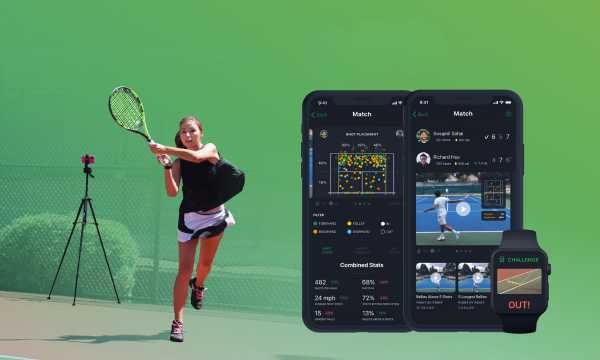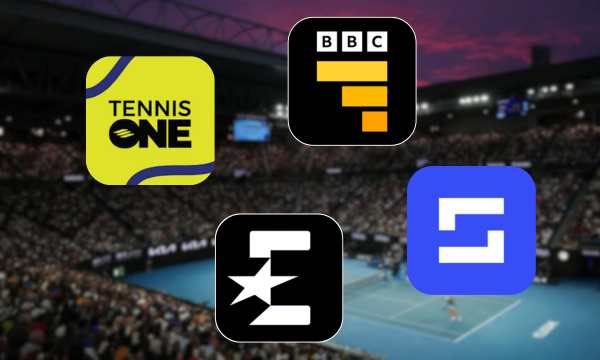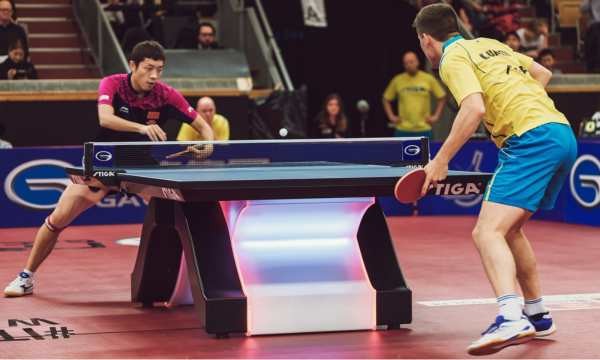Discover how a tennis court surface can transform the game!
Ad
Did you know that there are four main types of tennis courts? I confess I had no idea until recently! Well, each type of surface has unique characteristics that directly influence the style of play and the chances of winning.
If you’re a tennis fan, you’ve probably noticed that tournaments around the world are played on different types of courts. But how exactly do these variations affect player performance?
In this post, we will explore the four main types of tennis courts and understand how they really influence players’ strategies. Ready to dive into this fascinating universe? Come with me!
Check out our article “The 10 Best Tennis Players in the World 2024” and discover who are the athletes who are dominating the world tennis scene this year.
Clay Court
The clay court is famous for its characteristic red look and for being the preferred surface of many European and Latin American tennis players.
Made of clay, this court is slower, which means the ball bounces higher and slower. This provides longer rallies and favors players with excellent fitness and sliding ability. Roland Garros is the only Grand Slam held on clay courts.
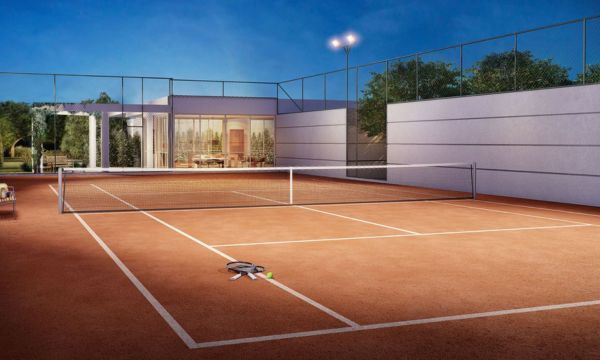
Clay Court – Source (Static)
Advantages:
- Allows more elaborate and effective plays, such as slice and topspin.
- It favors players with good stamina and patience, such as Rafael Nadal, the “King of Clay”.
Disadvantages:
- The ball may rise higher, making volleys andsmashs.
- It could be a type of tennis court challenging for players who prefer quick points, due to the slower ball speed.
Grass court
Imagine the impeccable grass of Wimbledon, the stage for epic duels. This fast, low surface provides low, sweeping bounces, requiring quick reflexes and precise strikes.
This type of surface is the most traditional. Players have less time to prepare for the ball and need to stay low when moving.
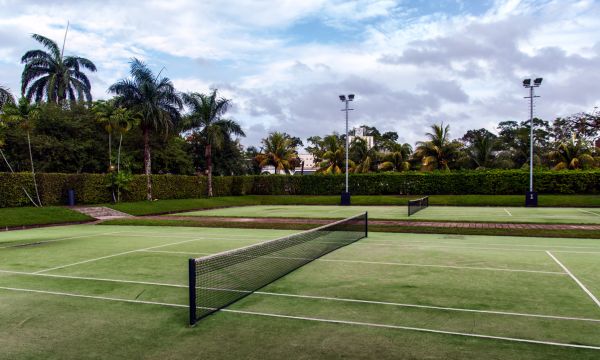
Grass court – Source (Canva)
Advantages:
- Ideal for players with a good serve and who like to play close to the net, like Roger Federer.
- Allows quick and winning attacking plays.
Disadvantages:
- The uneven bounce of the ball can be a challenge for players who prefer a more stable playing base.
- If it is not completely dry, it can become slippery.
Hard court
Concrete, asphalt or rubber? Hard courts offer a more versatile surface, with average speed and uniform bounce. This type of tennis court is the most common in tennis tournaments, especially in North America and Asia.
This surface offers intermediate speed and predictable bounce, making it a neutral ground where different styles of play can thrive.
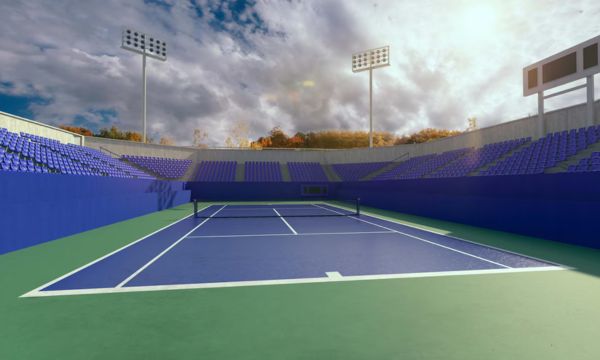
Hard court – Source (Canva)
Advantages:
- Balanced, it favors both aggressive and defensive players.
- There is no effect on the ball’s trajectory.
Disadvantages:
- Repeated impact on the hard surface can be more taxing on players’ joints.
- Hard courts are not good for older tennis players.
Carpet court
Less common today, the carpet court was mostly used in indoor tournaments. This surface is made of synthetic materials that can be placed on a hard base. Carpet courts are fast and provide a low bounce, similar to grass courts.
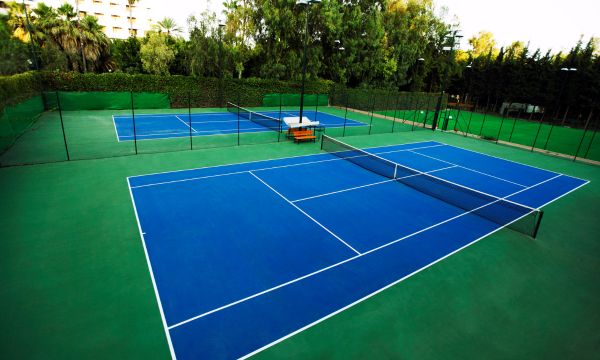
Carpet court – Source (Canva)
This type of court requires explosion, quick reflexes and precise plays.
Advantages:
- Excellent for players with powerful serves and who like volleys.
- In terms of speed, it is faster than hard courts.
Disadvantages:
- It can be difficult to adapt due to its rarity in the current circuit.
- It can cause tired knees.
Gaming strategies for each surface type
Now let’s dive a little deeper into the game strategies for each type of surface:
- Clay:On clay courts, patience is a virtue! Because the surface is slower and provides a higher bounce for the ball, players generally need more time to prepare their shots. This means that long rallies are common, and players must be prepared to work hard at each point.
- Grass: On grass courts, the key to success is quick adaptation and aggressiveness. As the surface is fast and the ball bounces low, the points tend to be shorter. A strong serve is a powerful weapon as it can score quick points or open up opportunities for volleys winners.
- Hard courts: On this type of surface, versatility is essential. Because it offers a more predictable bounce and intermediate play speed, players need to be able to adapt to a variety of play styles. Good lateral movement and a quick response are crucial.
- Carpet:Carpet courts are less common nowadays, but they still have their own strategy. Because the surface is fast and offers little friction, players need to have a sharp serve and volley. The speed and precision of serves are essential to gain an advantage in points, while volleys need to be executed with precision to avoid mistakes.
The influence of surface types on Grand Slams
The four Grand Slams – Australian Open, Roland Garros, Wimbledon and US Open – are played on different surfaces, each requiring specific adaptations from players.
The Australian Open and US Open take place on hard courts, favoring a faster and more aggressive game. Roland Garros, on clay, values physical endurance and defensive skills, while Wimbledon, on grass, highlights the serve-volley game and precision at the net.
The versatility and adaptability of tennis players are essential to successfully face the unique challenges of each tournament, making Grand Slams exciting and unpredictable events in the world of tennis.
Understanding the different types of tennis courts is essential to appreciate the differences and strategies of the game. Each surface offers a unique challenge and contributes to the diversity and excitement of tennis. Now that you know a little more, how about watching the next tournaments with a more attentive and strategic eye?
